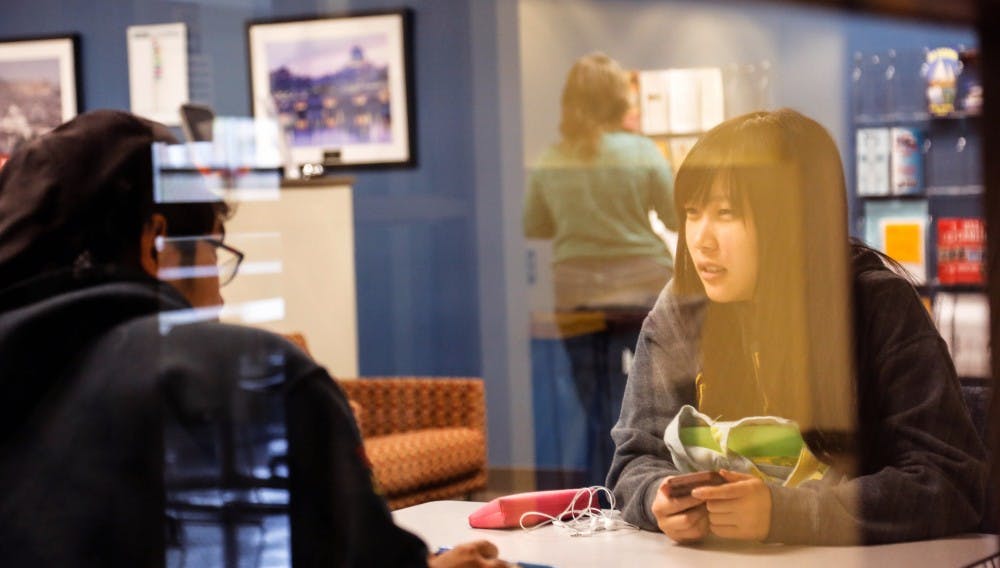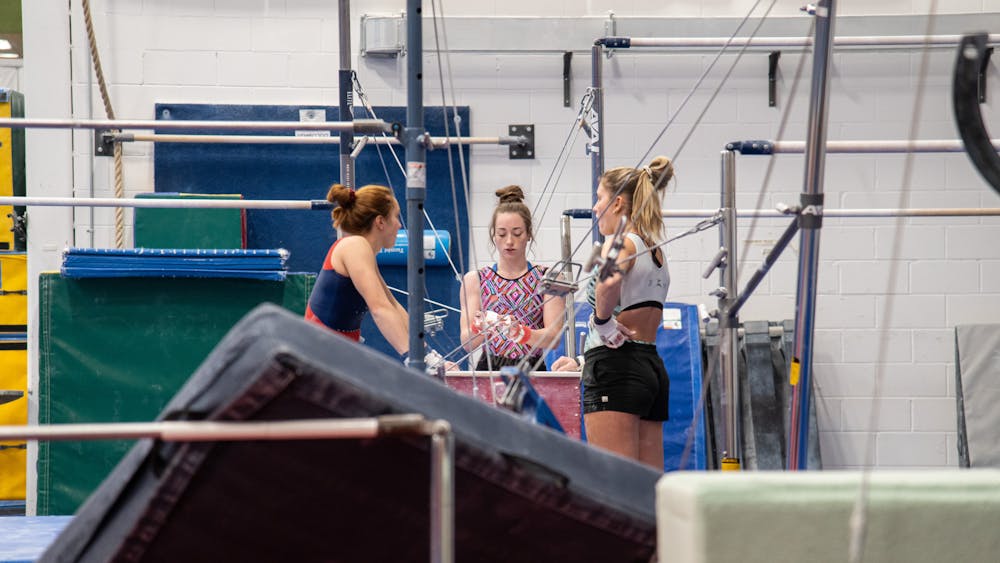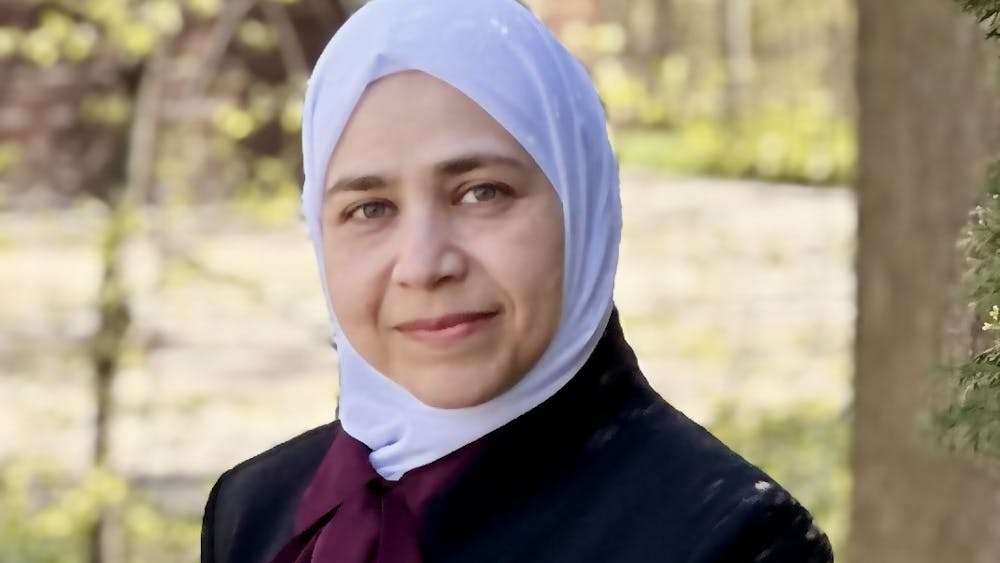English Language Institute grows with international student population
The English Language Institute has been growing with the international student population.
The international student population at Central Michigan University has doubled since 2009. Of the 1,175 international students on campus, 444 are taking English competency courses to adapt to CMU's curriculum.
Courses offered by the English Language Institute are intended to acclimate non-English speaking students to the language to make it possible for them to pursue fields of study at CMU.
"The English Language Institute is for students who have not met the university's language proficiency and need a little more language support before they can take academic classes," said ELI Assistant Director Caitlin Hamstra.
In previous years, international students were mostly interested in graduate programs, and generally had some experience with English.
But the number of undergraduates who lack English comprehension is increasing. Students from Saudi Arabia are the largest group of international students on campus, with 355 students spread throughout ELI and graduate programs.
The next-largest international student demographic is students from India, who comprise 319 of the 1175 international students on campus. These students are studying primarily in graduate programs, said Director of International Student and Scholar Services Tracy Nakajima.
Of these 319, 312 are in graduate studies with the remaining seven in undergraduate studies and CMED.
The Chinese international student population, the third-largest with 247 students, is spread evenly across graduate and undergraduate levels of study.
Riyadh freshman Yazeed Almutairi received a scholarship to study in the United States through the Saudi Arabian Cultural Mission. He is at the fourth level in ELI and will be finished with english classes at the end of the semester.
"I came here last year and I didn't speak english at all," Almutairi said. "I'm studying and learning, and I'll soon be able to achieve my goal and study my major."
Others, such as Qatif freshman Zahra Khalaf, are paying for full tuition and are looking for future scholarships.
Khalaf is also in her final semester of the program and is currently taking biology and math courses.
The Office of International Affairs hired Emily Liu, Director of International Recuitment, as a full-time recruiter in 2012.
Learning a second language and taking collegiate classes exclusively in that language aren't the same thing. Both Khalaf and Almutairi had to study extensively to understand academic language, let alone understand the material being presented.
"I (advise students in ELI) to find a friend or tutor to help them study, and explain the material for them in a simple way," Khalaf said.
Students in the ELI are placed into one of five levels according to their english needs, Hamstra said.
Faculty Danielle Petersen divides her time between teaching international students in the ELI and teaching classes for the English department in the College of Humanities and Social and Behavioral Sciences.
"In my level four speaking and listening class, we teach students how to take notes on academic materials that might be used in the class," Petersen said. "I am also teaching intermediate grammar, which would maybe be equivalent to Spanish 102."
Petersen also seeks to acclimate international students to American classrooms. Part of the english education is also demonstrating how english-speaking people are commonly taught, she said.
"Most of these students wouldn't be able to come here without us and they bring a huge amount of diversity and richness to the university," she said. "We have students taking graduate classes in graduate programs who spoke no English before coming here. That's amazing."





